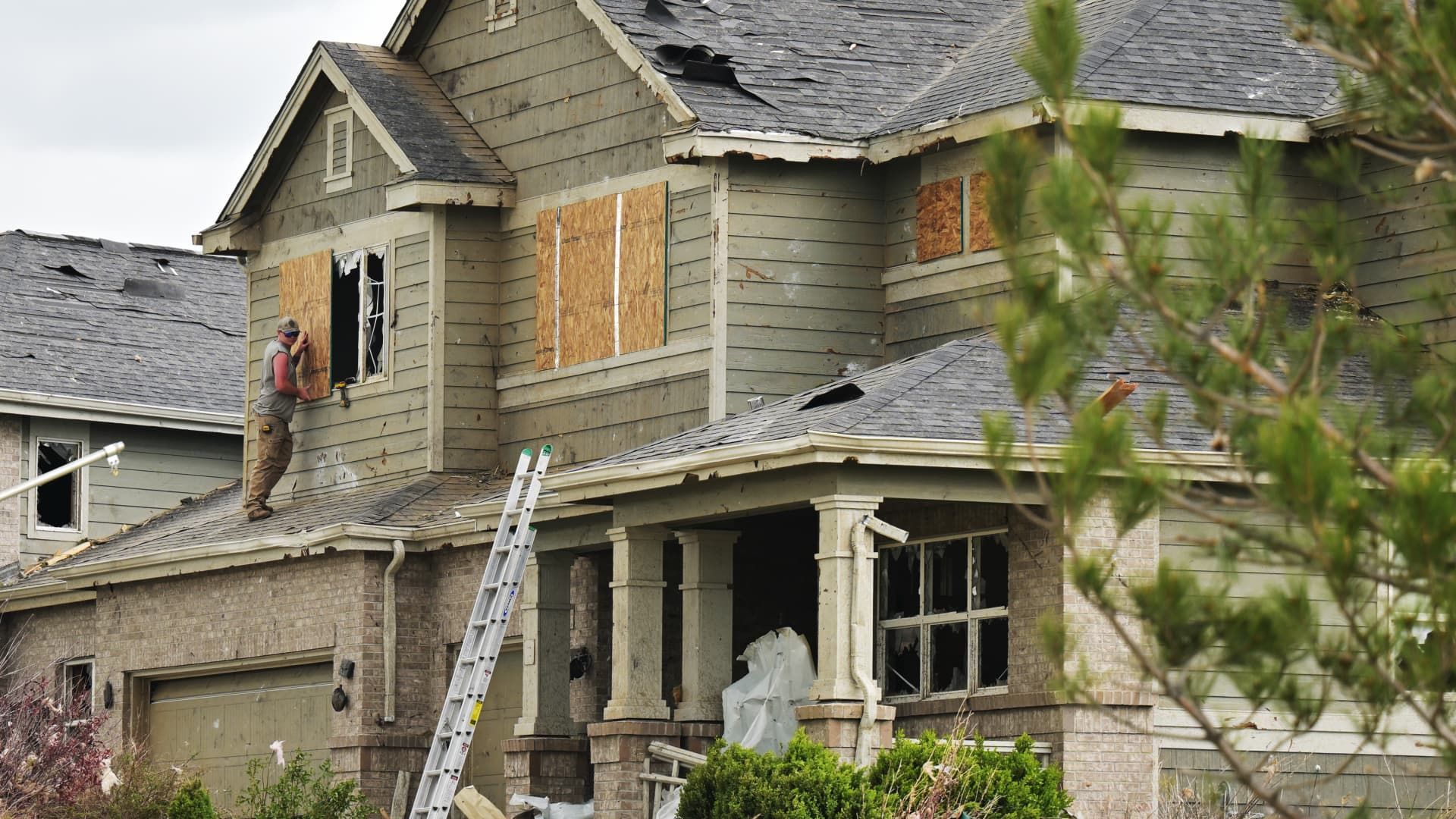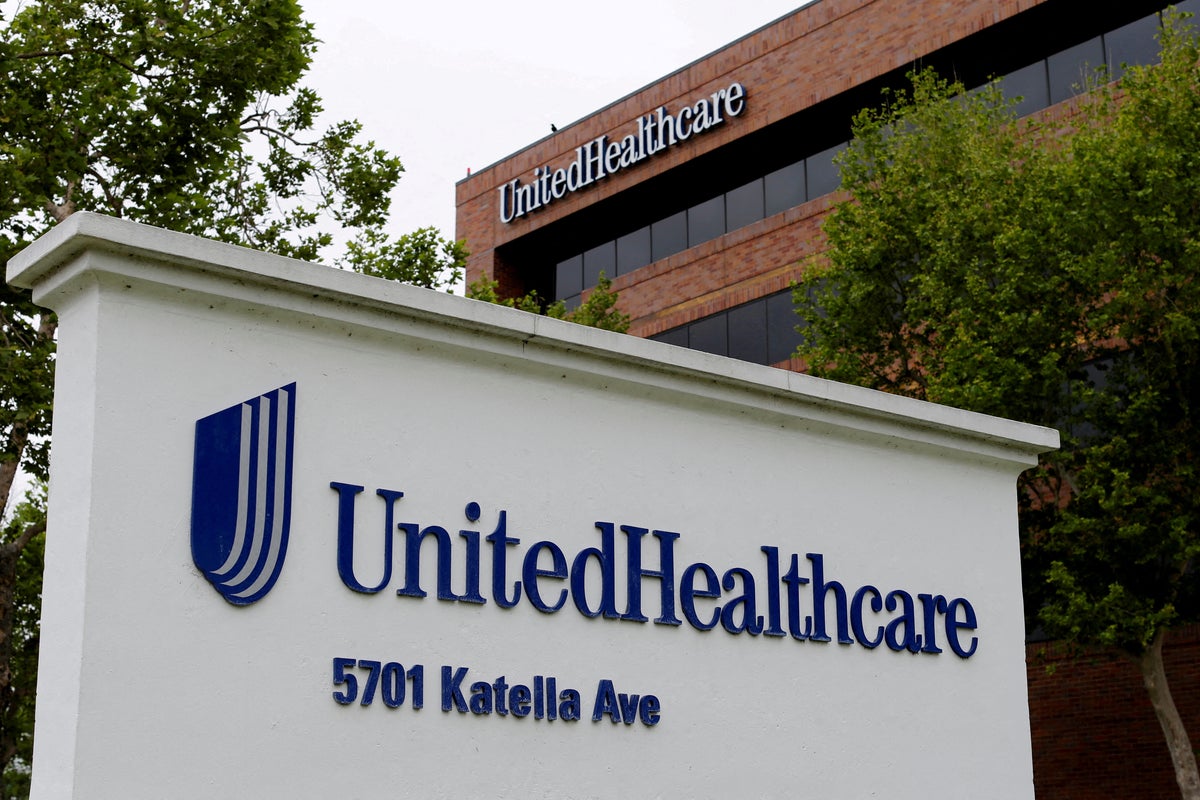A worker helps board the windows in Joey's house and Brenda Bermúdez that was damage to a recent tornado in the Elkhorn Ranch neighborhood in Elbert County on May 19, 2025.
RJ Sangosti | Medium group | Denver post | Getty images
Global assured losses for the first half of this year have reached $ 84 billion, according to a recent report by Gallagher Re, the total of the first highest half since 2011.
The violent storms in the USA. With wind, rays and harmful hail are promoting losses for insurers of more than $ 30 billion, according to the report of the Global Reinsurance Corridor. These severe convective storms represent 39% of the losses assured worldwide in the first half of 2025.
The damage is expensive. In the United States, 11 different storms produced insured losses of at least one billion dollars, and three of those storms cost the insurers more than $ 2 billion.
A storm historical outbreak from March 13 to March 16 generated at least 118 TouchDowns of tornadoes in 15 states and resulted in 43 deaths. The claims are still being processed, but Gallagher Re said that he hopes that the insured losses will approach $ 7.7 billion, which makes it the fourth most expensive convective storm event in modern history.
Gallagher Re said that 2025 is on a clear path to exceed $ 100 billion in insurance losses throughout the year, qualifying the threshold “a new market reality.”
Insurers have to deal with a variety of climate -related concerns. Hail is a big problem, the report said: the most frequent storms produced by harmful hail are promoting large losses for insurers.
Meanwhile, the forest fires of Palisades and Eaton in southern California in January are responsible for approximately $ 40 billion in insured losses, the most expensive forest fire events ever registered for insurers and reinsurers.
High housing costs are also feeding the significant growth of insured losses. The highest prices associated with the materials and average labor insurers pay more to repair or replace homes, buildings and vehicles. And people continue to choose locations that are vulnerable to severe climate or fire.









